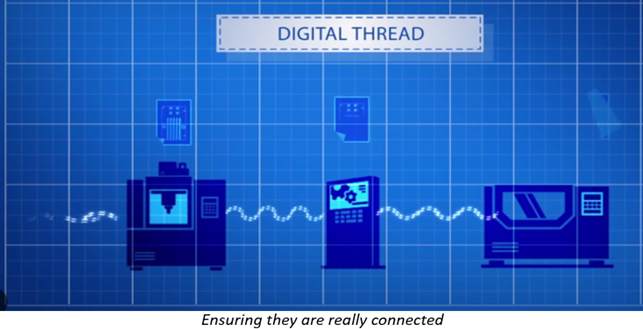
Companies increasingly seek to use the Model-Based Definition methodology, which enables Computer-Assisted Design (CAD) files to not only capture a part’s geometric representation, but also engineering requirements, and to transfer it to automated systems which manufacture and inspect it. Such a practice promises faster and less error prone results than using 2D drawings of parts.
But the use of Model-Based Definition and creation of 3D digital models of parts faces challenges; these were the subjects of panel discussions at the recent PTC LiveWorx 2023 conference. On the panel, Model-Based Definition: Principles and Practices, NIST’s Rosemary Astheimer described one major challenge and how NIST tools can help to address it.
Astheimer stated that vendors do not implement Model Based Definition functionality at the same rate. Consequently, the information that is exchanged may not be fully synchronized, which can create gaps between the information being shared.
NIST tools can help determine where the problem might be, said Astheimer. They include:
Test CAD models: These are CAD Models with annotated Product Manufacturing Information (PMI), authored per American Society of Mechanical Engineers (ASME) standards, which CAD vendors can use to test transfer of data to other systems in a manufacturing enterprise.
Derivative File Exchanging: This is done with the MBE PMI Validation and Conformance Testing Project. It uses Computer-Aided Design test models to support round-robin, verification testing to ensure that the native CAD model’s exports are as equivalent and complete as possible, from a geometry and PMI standpoint.
Evaluating STEP file contents: This is done using the STEP File Analyzer and Viewer; it assesses the contents of a STEP file, which are in conformance with ISO 10303 – Standard for Exchange of Product model data (STEP) and semantic PMI.

